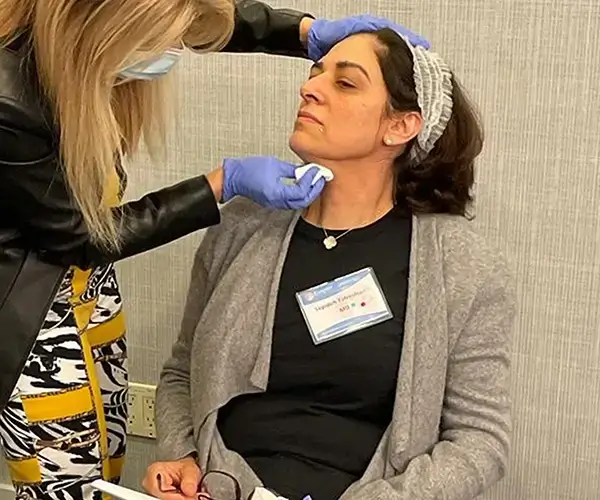What's a Good Keloid Remedy?
By Dr. Stephen Cosentino
PRESIDENT OF EMPIRE MEDICAL TRAINING
Keloid scar tissue is unsightly and uncomfortable. It’s especially troublesome when it forms in highly visible areas where the skin is tighter, such as the forearms, lower legs, and ear piercing area.
Treatment options abound to reduce the size of keloids or remove them altogether. None are guaranteed to work, and many have potential side effects, but the right combination can produce positive results.
Home Keloid Remedies — Do They Work?
Many patients swear by home remedies for keloid scars. Are they onto something?
The short answer is that home keloid remedies can’t help if your goal is the total removal of keloids from visible areas of your body, but they may reduce keloid size or help them blend into the surrounding skin.
Crushed Garlic
At least one study suggests crushed garlic can block scar-promoting enzymes from entering keloid scar tissue, reducing its growth, making its appearance less noticeable against the skin, and potentially reducing its size over time. Apply two or three crushed cloves daily for 15 minutes, rinse off with water, and apply moisturizer to the area.
Onion Extract
Multiple studies suggest onion extract — juice squeezed from cut onions — blocks scar-forming action and may reduce the size of keloids over time. But this method is more labor-intensive, requiring three to four applications (and probably multiple onions) per day until the tissue visibly improves.
Raw Honey
Raw honey is easier to prepare than onion extract, but the evidence for it isn’t quite as strong. Natural medicine providers recommend two to three applications per day with water rinses in between.
Crushed Aspirin
Crushed aspirin blocks scar-forming enzymes and cells, reducing scar size and appearance over time. You’ll need to crush up to four pills (depending on the scar’s size) and mix with water to form a thick paste. Leave the paste on the scar for up to two hours, then wash with water.
Medical Remedies to Reduce Keloids
If home remedies don’t work as desired, consider medical treatment options like:
- Topical corticosteroids or retinoid cream: This is a good starting point that doesn’t require medical supervision (though more powerful steroid creams and retinoid creams may require a prescription).
- Injected corticosteroids: This method delivers higher steroid doses to the scar itself and generally has better results than topical application.
- Silicone sheeting or gel: This is another noninvasive option that doesn’t require direct medical supervision
- Cryotherapy: Cryotherapy freezes small keloids, making them easier to remove in the clinic. It’s not appropriate for larger scars.
- Laser treatment: This minimally invasive dermatology procedure typically involves multiple pulsed-laser treatments over a period of months to reduce scar size and appearance.
- Radiation treatment: Targeted radiation treatment is a good option for patients who’ve had limited success with laser or cryotherapy treatment.
- Surgical removal: Keloid removal is usually an in-office cosmetic procedure that doesn’t require general anesthesia or overnight hospitalization. Surgery alone has limited success, however, so it’s best paired with one or more options above.
Finally, prevention is often the best medicine for keloids. To reduce keloids before they fully form, follow strict wound care protocols:
- Thoroughly clean the wound daily
- Use compression dressings — best applied by a trained medical provider, but patients can learn to put them on at home — to reduce blood flow to the wound
- Wear these dressings for 12 to 24 hours at a time, including during sleep (this can be uncomfortable)
- Repeat for up to 6 months or until the wound is fully healed
These protocols help speed up the healing process after surgery or deep wounds and can significantly reduce the risk of noticeable keloid scars.


